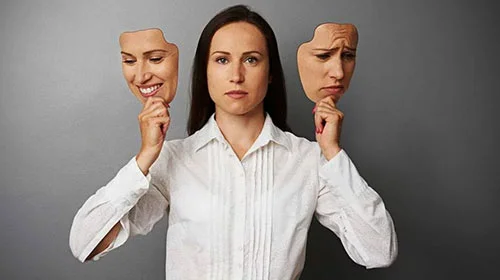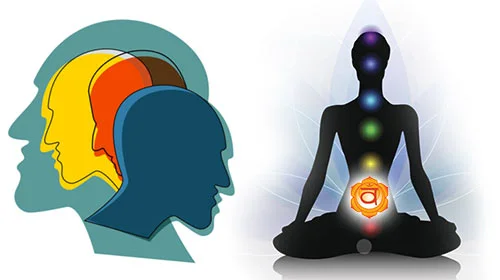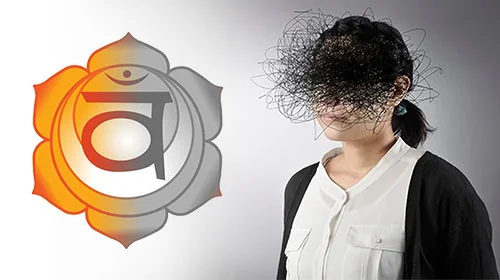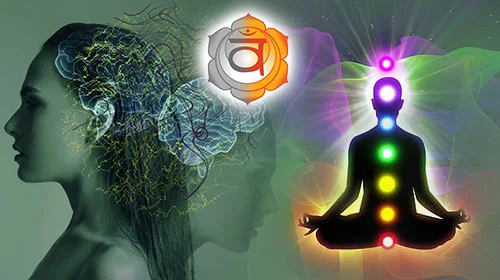Emotional Instability
- Home
- /
- Emotional Instability

Borderline personality disorder (BPD) is a disorder of mood and how a person interacts with others. It’s the most commonly recognized personality disorder. In general, someone with a personality disorder will differ significantly from an average person in terms of how he or she thinks, perceives, feels or relates to others.
The symptoms of BPD are emotional instability – the psychological term for this is affective dysregulation. Disturbed patterns of thinking or perception – cognitive distortions or perceptual distortions. Impulsive behavior and intense but unstable relationships with others. The symptoms of a personality disorder may range from mild to severe and usually emerge in adolescence, persisting into adulthood.
Emotional instability is the prolonged emotional reaction to a particular emotional experience even after it is over. It involves reinitiating the certain response frequently. It is said to be the heightened sensitivity for a longer duration to disappointment, failure, separation or rejection. An emotionally unstable person experiences limitless shame even in cases of slight embarrassment, immense stress in cases of minor nervousness, anger in place of slight irritation and extreme grief instead of momentary sadness.
BPD is defined by the Diagnostic and Statistical Manual of Mental Disorders (DSM) as a widespread pattern of instability in interpersonal relationships, self-image, and emotions. It also involves difficulties controlling emotions and ideas, as well as impulsive and risky conduct.
The causes of BPD are unclear. But as with most conditions, BPD appears to result from a combination of genetic and environmental factors. People with BPD come from many different backgrounds, but most will have experienced some kind of trauma or neglect as children.

In case anyone senses some of the above-mentioned symptoms like emotional instability, disturbed patterns of thinking or perception, impulsive behaviors or unstable relationships with others then a doctor needs to be consulted to rule out other more common mental health conditions, like depression, and focus on the underlying cause of the BPD.
Once the diagnosis has been established and medical treatment has begun, the patient might consider beginning professional Chakra Therapy to enhance and speed up recovery while providing holistic and ultimate healing.

Chakra Therapy is a unique technique to open the blocked Chakras in the body and treat the ailments caused by these blockages. Chakra Therapy is an alternative therapy that does not have any side effects and treats not only the disease but transforms the affected individual to find their purpose in life and face it with renewed energy and vigor.
Chakra therapy opens the Swadhisthana Chakra and with the resulting restored energy and vitality the individual can greatly counteract BDP.

Swadhisthana Chakra also known as Sacral Chakra becomes imbalanced when a person is unaware of the care and nurturing provided by their surroundings. Because he or she believes he or she is not deserving of or good enough to achieve anything in life, he or she has self-doubt. They also believe they are unloved and uncared for, and they blame themselves or others for feeling unloved. Among the many things that may cause this chakra to become blocked are self-doubt, poor self-worth, dread of the unknown, and worry that something bad will happen to me, to name a few.
Women show symptoms of emotional instability because of the fear of the unknown. Once this Chakra is balanced, the individual is free from self-doubt and eventually all the behavioral symptoms of sadness disappear mindlessly.
Once this Chakra is balanced, the person is free of uncertainty. Emotions, thought patterns and other cognitive processes flow more balanced in such a way that they are no longer a problem for the person and can enjoy joyful relationships.


Causes
- Genetic factors
- Social Invalidation as a child
- Childhood traumas
- Suppressed Emotions
- Unstable relationship between child and parents
- Learning impairments
Symptoms
- Emotional Instability
- Disturbed patterns of clear thinking
- Troubled abilities of clear perception
- Cognitive impairments
- Impulsive behavior
- Intense but unstable relationships
Chakra Associated with
- Swadhisthana Chakra

Rudraksha Ratna Science Therapy (RRST) uses specific Rudraksha and Ratna (gemstone) in precise advanced stringing methodology for chakra awakening and healing.
A blocked Swadhisthana Chakra can be opened with the use of Rudraksha, gemstones and other techniques. Choosing the appropriate Rudraksha and Ratna as well as wearing them as per RRST methodology unblocks the Sacral Chakra and controls and completely heals Borderline Personality Disorder.
